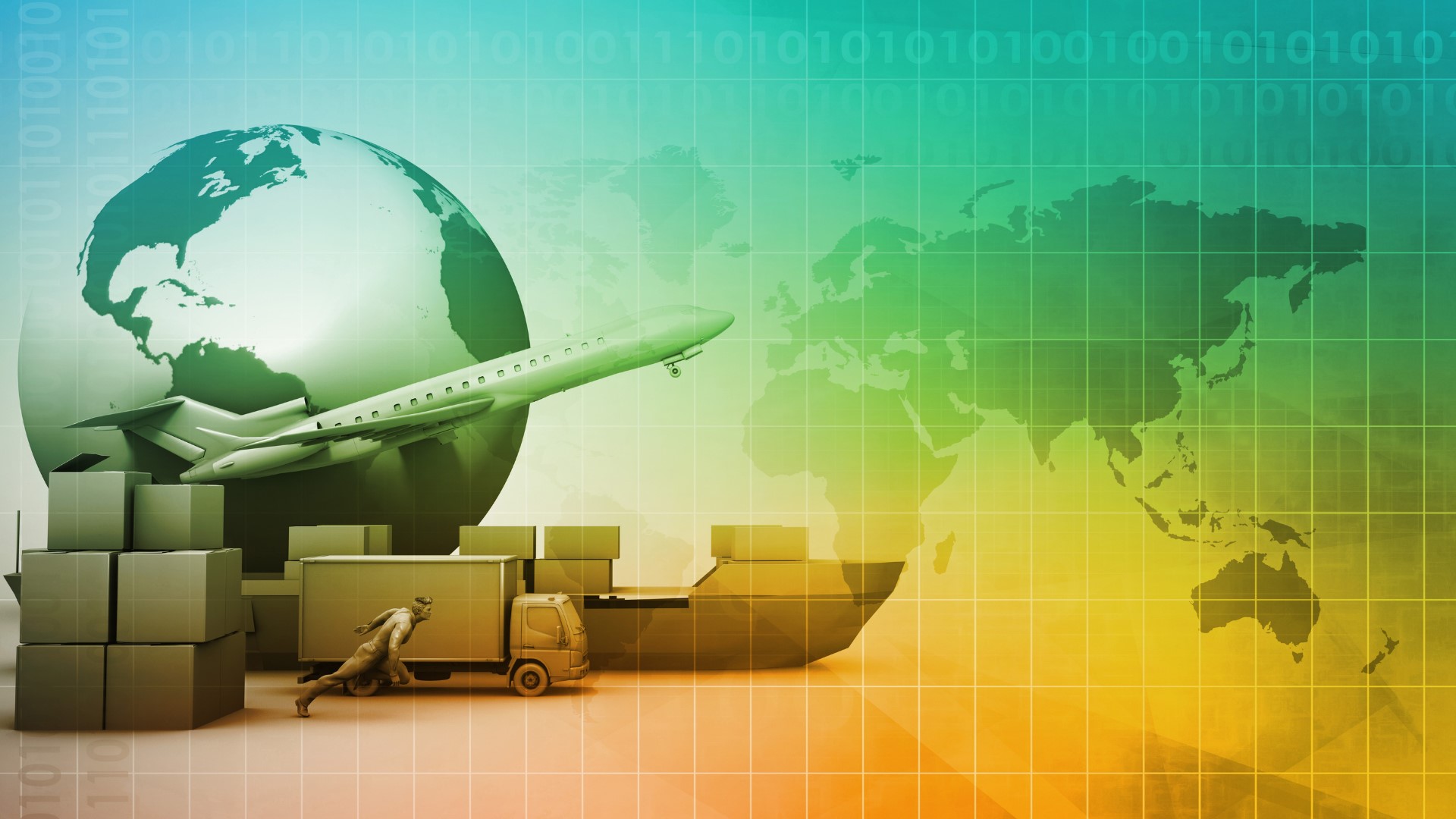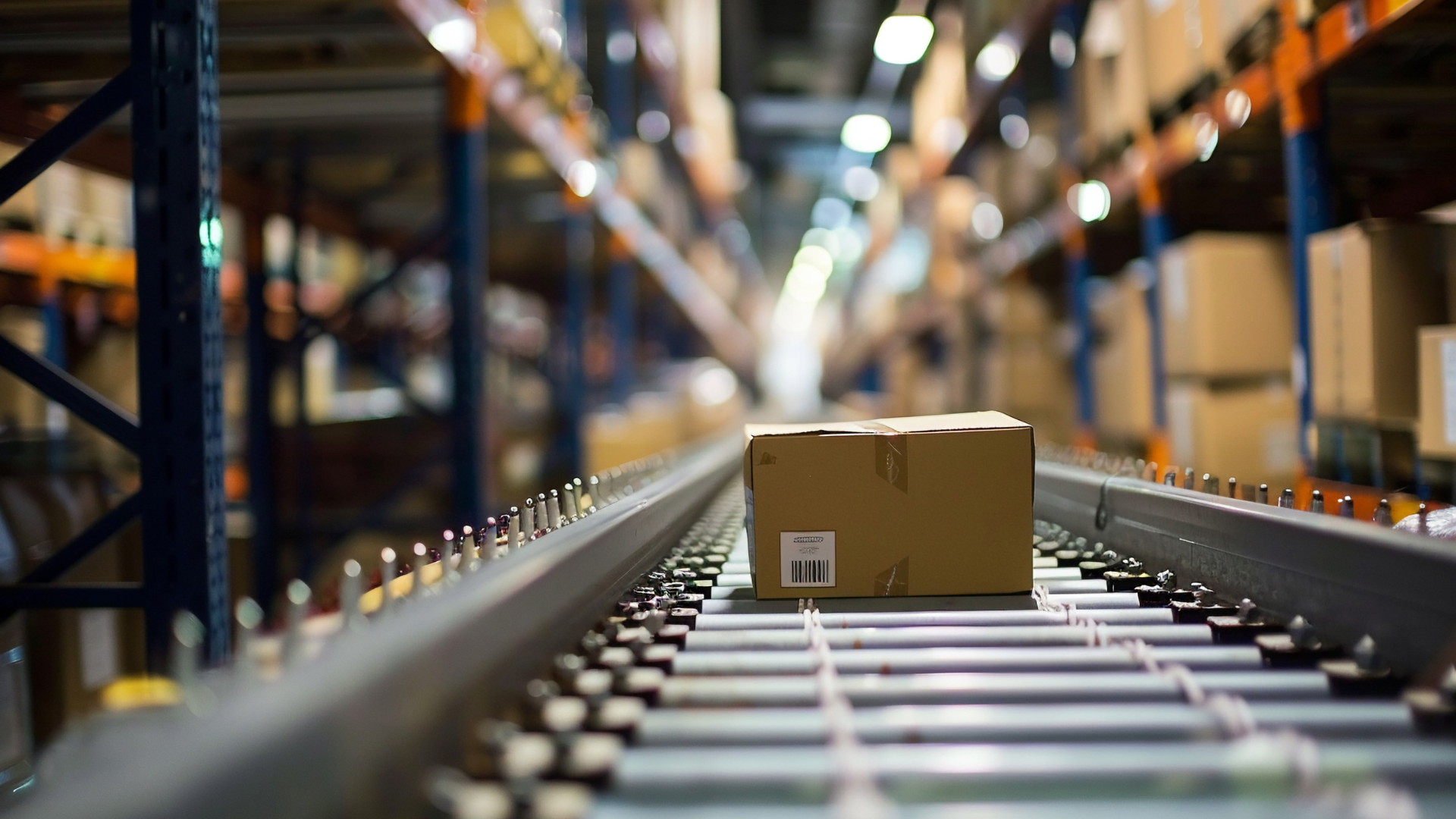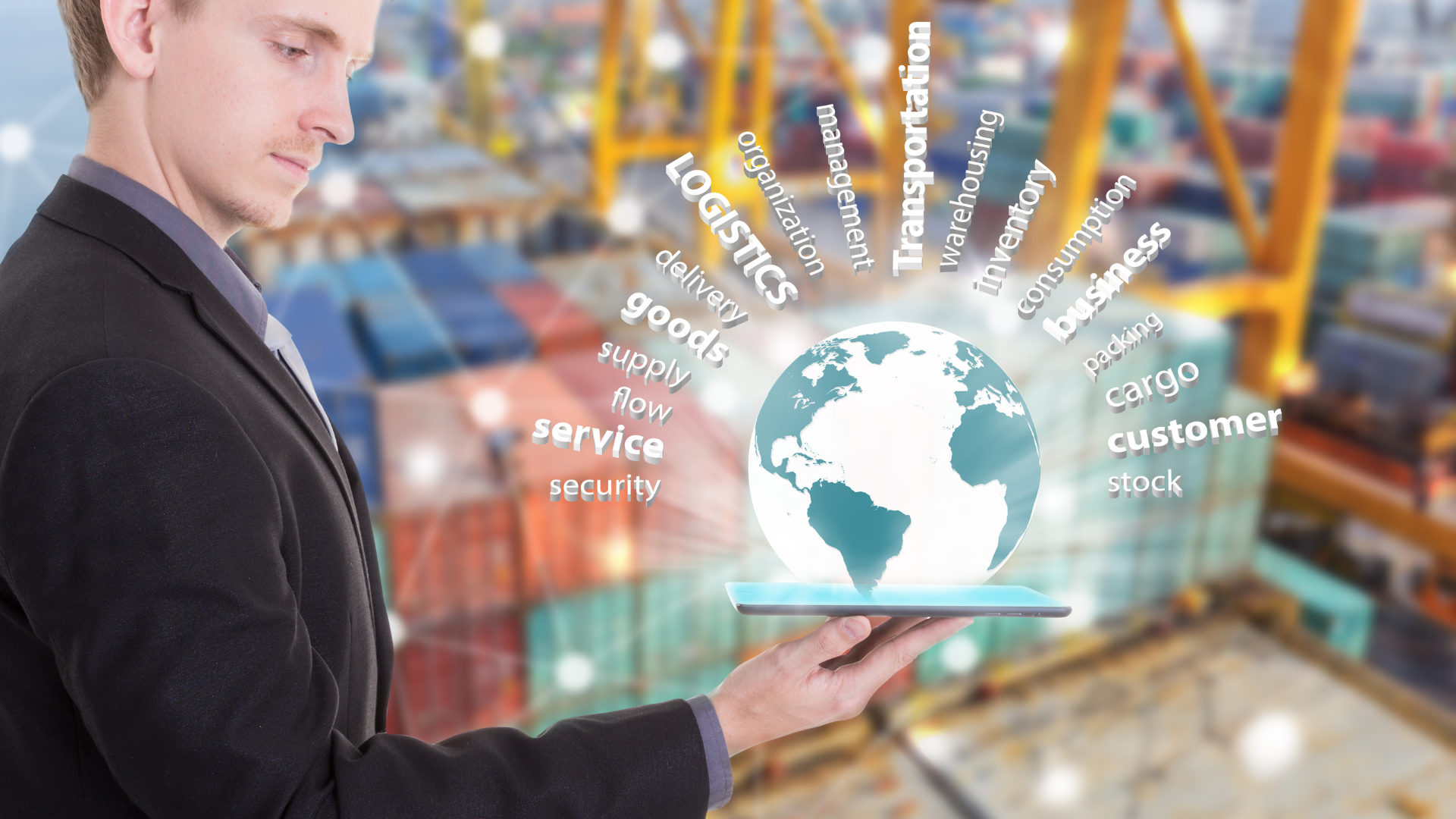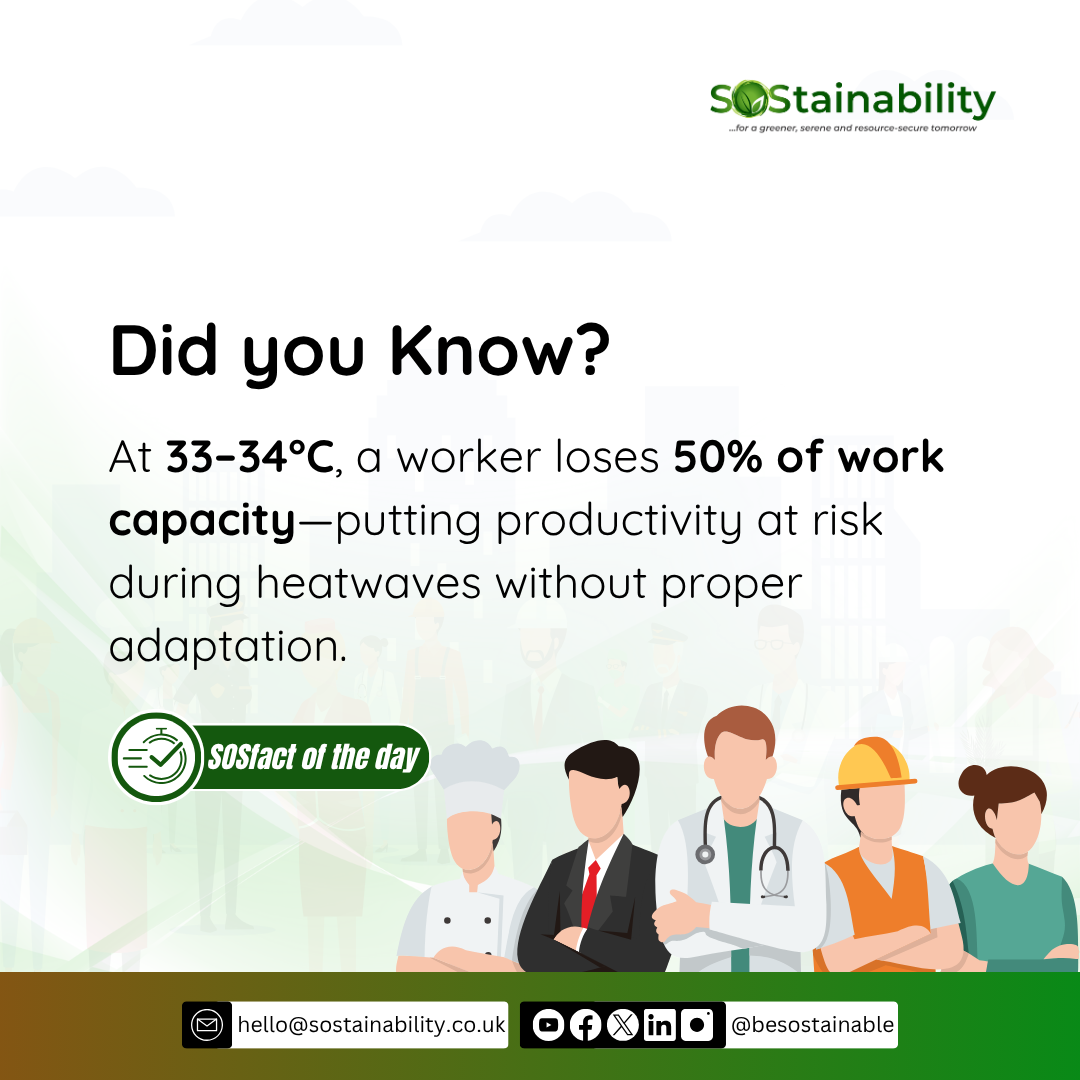
23 Jun Sustainability in the Supply Chain: Challenges and Opportunities
Overcoming Sustainability Challenges in Supply Chains
Behind every product we consume is a vast, complex supply chain stretching across countries and continents. From sourcing raw materials to final delivery, these networks are critical to business success—but they also carry significant environmental and social consequences. Today, they are under growing pressure to evolve.
A sustainable supply chain is one that integrates environmental, social, and governance (ESG) principles into every stage of its lifecycle—from raw material extraction to production, transportation, use, and end-of-life disposal. It seeks to minimize negative environmental impact, promote fair labor practices, ensure resource efficiency, and maintain economic viability across all tiers of the network.
In this article, we dive deep into the key challenges preventing supply chains from becoming truly sustainable—and the powerful opportunities hidden within those challenges. You’ll discover how technology, regulation, consumer demand, and strategic innovation are reshaping global supply chains—and why companies that act now are poised to lead the next era of commerce..
Understanding Global Supply Chains and Their Impact
Global supply chains are networks of entities—suppliers, manufacturers, logistics providers, retailers—that bring products from origin to consumer. Each stage consumes resources and creates waste, emissions, and social risks. Most environmental impacts originate far beyond a company’s own operations.
Historically, supply chains focused on cost reduction and speed. But recent events—from the pandemic to geopolitical tensions—have revealed how fragile and opaque these systems can be. A port delay in Asia can now stall production lines in Europe or empty shelves in Africa.
Green Supply Chain Management (GSCM) redefines the model. It embeds environmental and social considerations across procurement, production, logistics, and waste recovery. As Fangxi Li notes, GSCM balances profitability with ecological responsibility and requires collaboration across all tiers of the chain.
Modern supply chains must now deliver both performance and accountability. Transparency, adaptability, and ethical sourcing are becoming non-negotiable.
Why Sustainability in Supply Chains Matters
According to a EY Supply Chain Sustainability Report, supply chains account for up to 90% of an organization’s carbon emissions and over 50% of operational costs. From water use and energy consumption to labor practices and biodiversity loss, the supply chain is where the greatest sustainability risks—and opportunities—exist1.
The stakes are high. ESG performance now directly affects stock prices, investor interest, and brand reputation. According to CDP, companies rated poorly on supply chain transparency risk being dropped from procurement lists worth trillions of dollars.
It’s also a consumer issue. Millennials and Gen Z—who dominate global spending—prioritize sustainability when choosing brands. Businesses that fail to meet expectations risk becoming irrelevant in the eyes of their market.
Sustainability is not a marketing slogan. It’s a resilience strategy, an innovation driver, and increasingly, a legal requirement.

Six Key Challenges in Building Sustainable Supply Chains
1. Limited Visibility and Transparency
Most companies cannot track their supply chain beyond direct suppliers. Yet indirect suppliers, especially in raw materials and subcontracted labor, often present the greatest ESG risks—such as child labor, deforestation, and illegal mining. In addition, second-tier vendors typically go unaudited. To solve this, digital traceability tools like blockchain and smart tagging systems are being adopted. They offer real-time tracking of emissions, sourcing, and compliance.
2. Fragmented Management and Data Systems
Supply chain functions—procurement, logistics, compliance—often operate in silos. This fragmentation limits accountability and slows sustainability integration.
In a study on the Challenges and Opportunities in Sustainable Supply Chains, author Barbosa-Póvoa emphasizes that sustainable supply chains require new modeling and life-cycle analysis tools that cut across departments and decision-making layers2.
Unified platforms, cloud systems, and ESG-focused dashboards can centralize data and facilitate collaboration across regions and teams.
3. Lack of Specific ESG Goals
Many companies claim to prioritize sustainability but lack measurable targets. This results in inconsistent execution, poor reporting, and missed market opportunities.
Leaders like General Mills and Unilever have set clear goals: reducing supply chain emissions by 30%, sourcing 100% of key materials sustainably, and aiming to achieve net-zero targets by 20503.
Such goals drive change upstream and increase accountability. Without them, suppliers lack direction—and investors lose trust.
4. Technology and Talent Gaps
Sustainability requires both the right tools and the right people. Yet many firms still rely on manual processes or lack staff trained in cross-disciplinary supply chain management.
In a study, the authors observed that sustainability leadership today demands skills in logistics, environmental science, compliance, and international business4.
Investing in training and recruiting multi-skilled talent is now as important as adopting digital tools.
5. Global Risks and External Volatility
Natural disasters, pandemics, trade wars—all expose how vulnerable supply chains can be. Delays, shortages, and cost spikes are now the norm.
Companies must build flexible networks. That means diversifying suppliers, decentralizing sourcing, and implementing climate risk assessments.
Resilience, not just efficiency, is the new supply chain standard.
5. Poor Supplier Engagement
Suppliers are often treated as external entities, managed by audits and contracts. But sustainable transformation requires collaboration, education, and shared values.
Campbell Soup, for example, partnered with wheat suppliers to improve fertilizer practices—reducing emissions while boosting crop yields.
Companies like Intel issue sustainability scorecards and reward top-performing suppliers. Others fund supplier training and innovation labs.

Opportunities Emerging from Sustainability
Despite the challenges, the rewards of sustainability are immense. Companies that invest now gain a competitive edge across several fronts.
Green logistics, packaging reduction, and energy-efficient warehousing lower long-term costs. Supply chain decarbonization opens access to climate finance and government incentives.
Sustainability also improves brand loyalty. Ethical sourcing and transparency appeal to value-driven consumers. In saturated markets, these factors differentiate leaders from laggards.
Digital solutions amplify impact. AI-powered platforms optimize routes and inventory. Blockchain enables trust in material origins. IoT sensors monitor emissions and ensure quality.
Circular supply chains—where products are reused, remanufactured, or recycled—are becoming not only sustainable but profitable.
And with global frameworks tightening, regulatory compliance becomes a strategic advantage.
Strategic Steps for Sustainable Supply Chains
To build sustainable, resilient supply chains, companies should follow these strategic steps:
- Map the Entire Value Chain: Go beyond tier-one suppliers. Identify hotspots, emissions sources, and compliance risks.
- Set and Publish Clear Goals: Use science-based targets. Align with global frameworks like the SDGs and the Paris Agreement.
- Digitize for Visibility and Decision-Making: Adopt blockchain, AI, and data analytics for real-time monitoring.
- Collaborate with Suppliers: Share tools, offer training, and co-design sustainability solutions.
- Diversify to Build Resilience: Avoid dependence on one region or vendor. Factor climate risk into sourcing decisions.
- Embed ESG into Core Strategy: Make sustainability a board-level issue, not just a CSR initiative.
These measures are essential not only for compliance but for future-proofing against economic, environmental, and societal disruption.
From Cost-Cutting to Purpose-Building
Supply chains are no longer just about getting goods from A to B. They are platforms for impact, engines for growth, and barometers of trust.
Sustainability within the supply chain requires more than good intentions. It demands systems thinking, cross-border collaboration, and bold investment in innovation and accountability.
The companies that lead in supply chain sustainability will not only meet consumer expectations—they will redefine what business success looks like in the 21st century.
The journey is complex. But the direction is clear. Sustainability is not the future of supply chains—it’s the only future.
About Sostainability
At SOStainability, we specialize in guiding businesses, communities, and organizations to successfully integrate sustainability and CSR into their strategies. We offer consultations tailored to your unique needs, helping you drive positive change that benefits both your bottom line and the world around you. Whether you’re looking for sustainability assessments, ethical marketing strategies, or tailored training, our team is here to support your journey.
For consultations or business inquiries, please reach out to us at hello@sostainability.co.uk.
SOSFact for the Day



No Comments